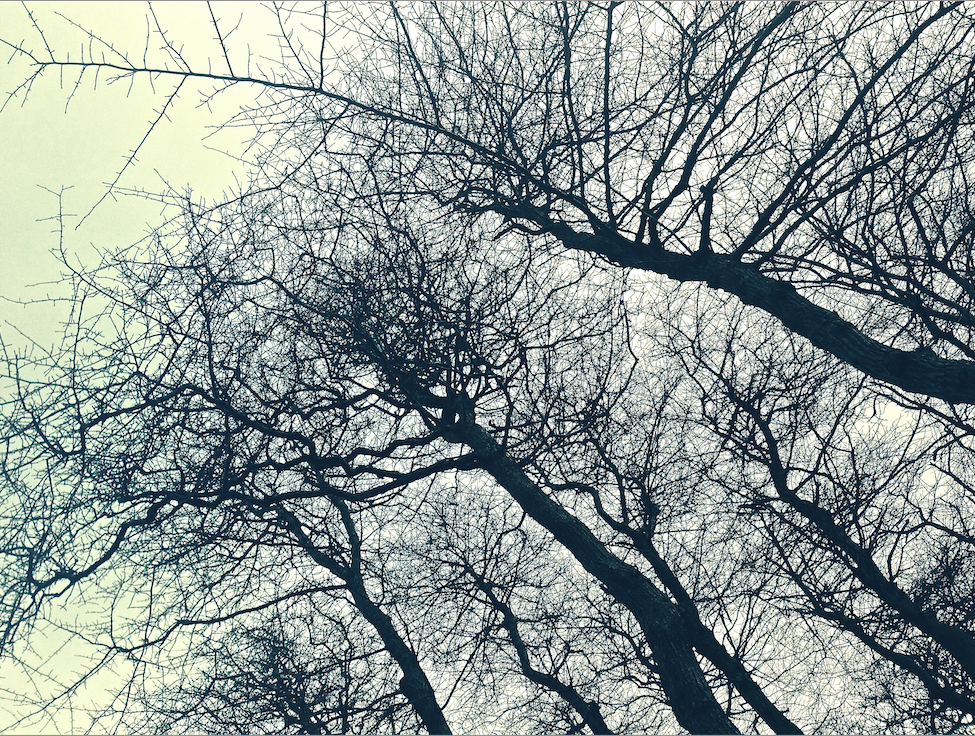“Fascia is the soft tissue component of the connective tissue system that permeates the human body. It forms a whole-body continuous three-dimensional matrix of structural support. Fascia interpenetrates and surrounds all organs, muscles, bones and nerve fibers, creating a unique environment for body systems functioning. The scope of our definition of and interest in fascia extends to all fibrous connective tissues, including aponeuroses, ligaments, tendons, retinaculae, joint capsules, organ and vessel tunics, the epineurium, the meninges, the periostea, and all the endomysial and intermuscular fibers of the myofasciae” .From the Fascia Research Congress
I took these photographs of the beetlebung trees in Jacob’s back yard on Martha’s Vineyard. They remind me of what Ida Rolf said about fascia — that if you remove everything else from the body, you would still see the structure and form of the body in the lacework of the fascia.
In my dancing lately, I have been focusing on the fascia, and on finding its elastic, supportive, fluid feeling in my movement. This feels like a moving meditation that I could do forever – a continual journey of bodily contemplation and discovery. How do you experience your fascia? Can you imagine moving from the mind of the fascia?


